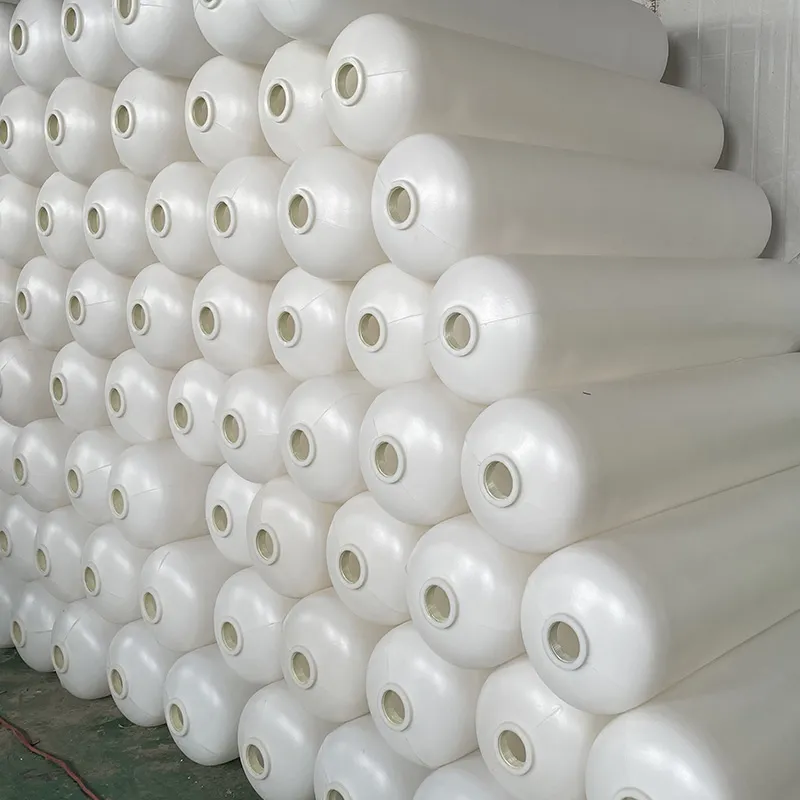loading...
- No. 9, Xingyuan South Street, Dongwaihuan Road, Zaoqiang County, Hengshui, Hebei, China
- admin@zjcomposites.com
- +86 15097380338
- Welcome to visit our website!
frp structural profiles
Understanding FRP Structural Profiles A Modern Approach to Construction
Fiber Reinforced Polymer (FRP) structural profiles have emerged as a vital component in modern construction and engineering. Their unique properties provide significant advantages over traditional materials such as steel and concrete. With increasing demands for sustainable and efficient building methods, FRP profiles are becoming the preferred choice across various applications.
Understanding FRP Structural Profiles A Modern Approach to Construction
One of the most significant benefits of FRP structural profiles is their weight. Unlike steel, which can be heavy and cumbersome, FRP materials are lightweight, leading to easier handling and installation. This property allows for reduced transportation costs and the need for less substantial supporting structures, thereby decreasing overall project expenses.
frp structural profiles

Moreover, the design flexibility of FRP profiles allows architects and engineers to innovate without being constrained by conventional building materials. These profiles can be molded into various shapes and sizes, catering to diverse architectural designs and structural requirements. Additionally, the compatibility of FRP with other materials opens up options for hybrid structures, enhancing functionality and aesthetics.
Furthermore, the sustainability aspect of FRP cannot be overlooked. Many FRP materials are produced using recycled fibers and can be designed for recyclability at the end of their lifecycle. This aligns with the increasing emphasis on environmental protection within the construction industry, making FRP a forward-thinking choice.
Despite the advantages, some challenges remain in the adoption of FRP profiles. These include higher initial costs compared to traditional materials, which can deter some projects. However, the long-term benefits—such as reduced maintenance needs and increased longevity—often outweigh the initial investment.
In conclusion, FRP structural profiles represent a significant advancement in construction materials. Their strength, lightweight nature, corrosion resistance, and design versatility make them an excellent option for modern engineering solutions. As technology advances and production costs decrease, we can expect to see an even greater adoption of FRP profiles across various sectors, paving the way for more sustainable and innovative construction practices. As industries continue to prioritize efficiency and environmental stewardship, FRP is undoubtedly poised to play a pivotal role in the future of construction.
-
The Rise of FRP Profiles: Strong, Lightweight, and Built to LastNewsJul.14,2025
-
SMC Panel Tanks: A Modern Water Storage Solution for All EnvironmentsNewsJul.14,2025
-
GRP Grating: A Modern Solution for Safe and Durable Access SystemsNewsJul.14,2025
-
Galvanized Steel Water Tanks: Durable, Reliable, and Ready for UseNewsJul.14,2025
-
FRP Mini Mesh Grating: The Safer, Smarter Flooring SolutionNewsJul.14,2025
-
Exploring FRP Vessels: Durable Solutions for Modern Fluid HandlingNewsJul.14,2025
-
GRP Structures: The Future of Lightweight, High-Performance EngineeringNewsJun.20,2025
